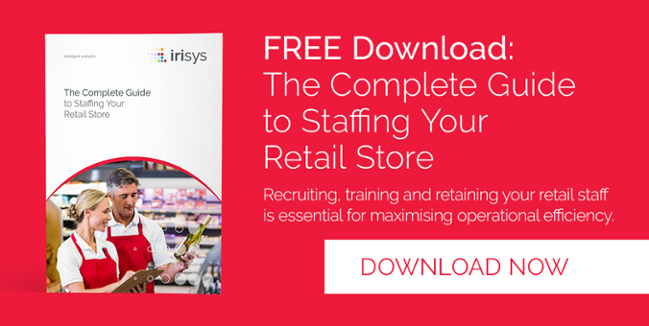Why Increasing Staff Numbers Doesn't Necessarily Increase Efficiency

Efficiency in the workplace opens the door to increased productivity and better end of year figures – as well as happier staff. However, there is no set formula for how to increase efficiency in the workplace. Many businesses opt to add staff to an existing workforce but this doesn’t necessarily achieve the desired results – in fact, sometimes it can exacerbate efficiency issues.
There are a number of good reasons why you might want to look at other factors involved before you start recruiting to increase efficiency.
The issue may be a lack of incentives
An incentivised workforce is one that is much more likely to deliver on goals and targets and to increase levels of efficiency. Rewards have a big role to play in this, from simple public recognition through to financial incentives or non-financial rewards such as vouchers or experiences. Something as simple as saying “thank you” could be a good place to start.
READ MORE: 4 Strategies for Ensuring You Have Enough Staff at Peak Times
Engaged staff won’t deliver, no matter how many of them there are
Is your workforce truly engaged with the business? If not then it’s highly unlikely that you will be able to increase efficiency simply by employing more people. A lack of engagement is a big problem for businesses across the spectrum of industries. Engaged staff are clear on the objectives, goals and values of the organisation they work for, understand the career path they are on, see where they fit within the broader organisation and why their work is important.
If you’re not appraising your staff then progress will be tough
The first place to start looking at changes to improve efficiency is where you find issues of inefficiency. These may not be attributable to staff themselves but could be originating from the way that certain processes are being carried out or attitudes that have been perpetuated from the top down. Regular 360-degree appraisal is the only way to ensure that you can root out inefficiency at every level. You’ll also find staff much more focused on doing this automatically when regular appraisals are on the horizon.
Without training infrastructure, improving efficiency is tough
Rather than taking on more staff it often pays to invest in those you already have. Multiple studies have shown that you can optimise an existing workforce by giving them the skills to do better and go further in their roles. Introducing a training infrastructure, providing mentoring and setting key milestones, alongside rewards, will ensure you get the most from the staff you have already invested in.
Share this
You May Also Like
These Related Posts

How To Increase The Value Of Each Store Visitor

Retail is increasingly reliant on counting footfall for missing data

The Importance of Increasing Efficiency in Retail
Connect with us
Need more information? Ready to get started? We're here to help, get in touch.



